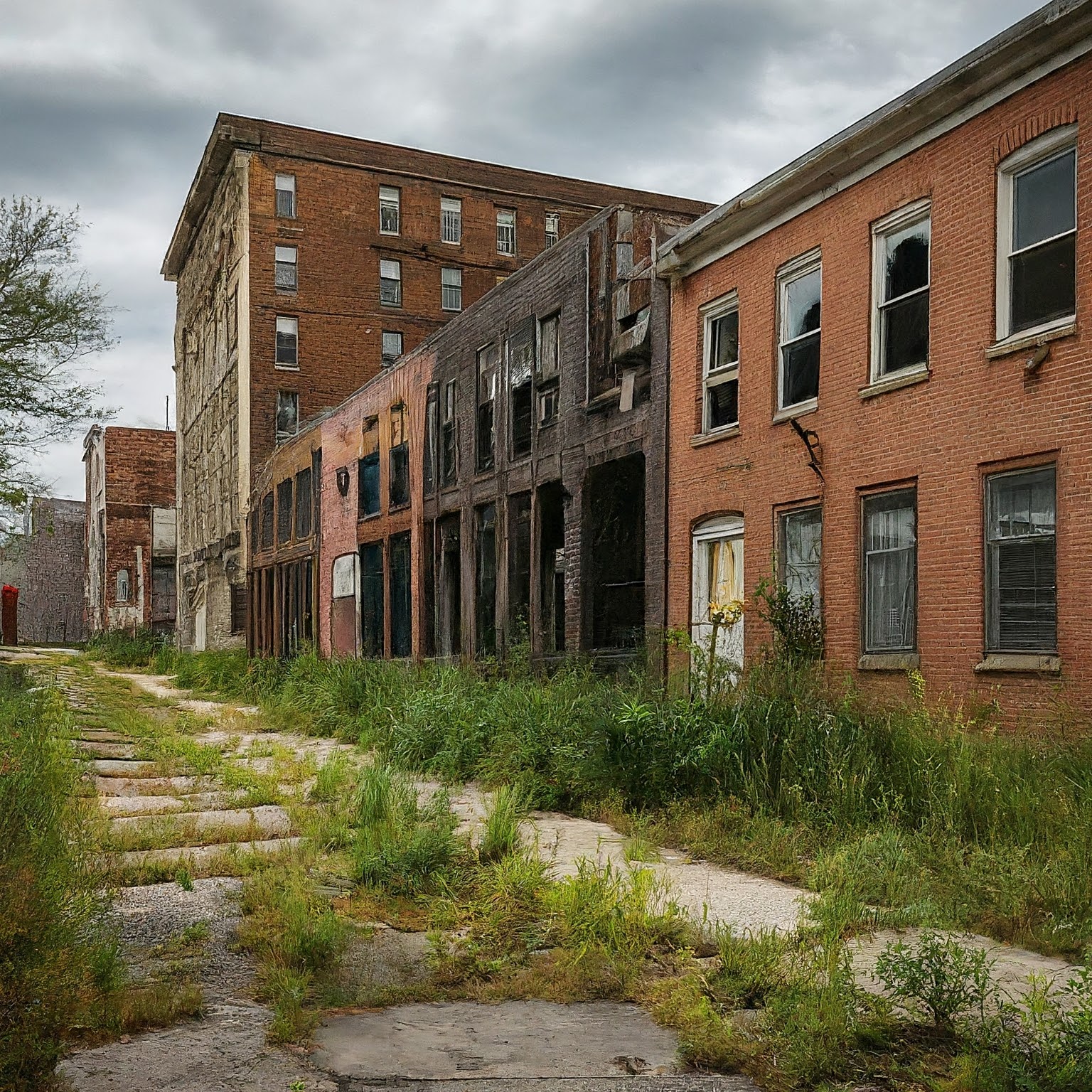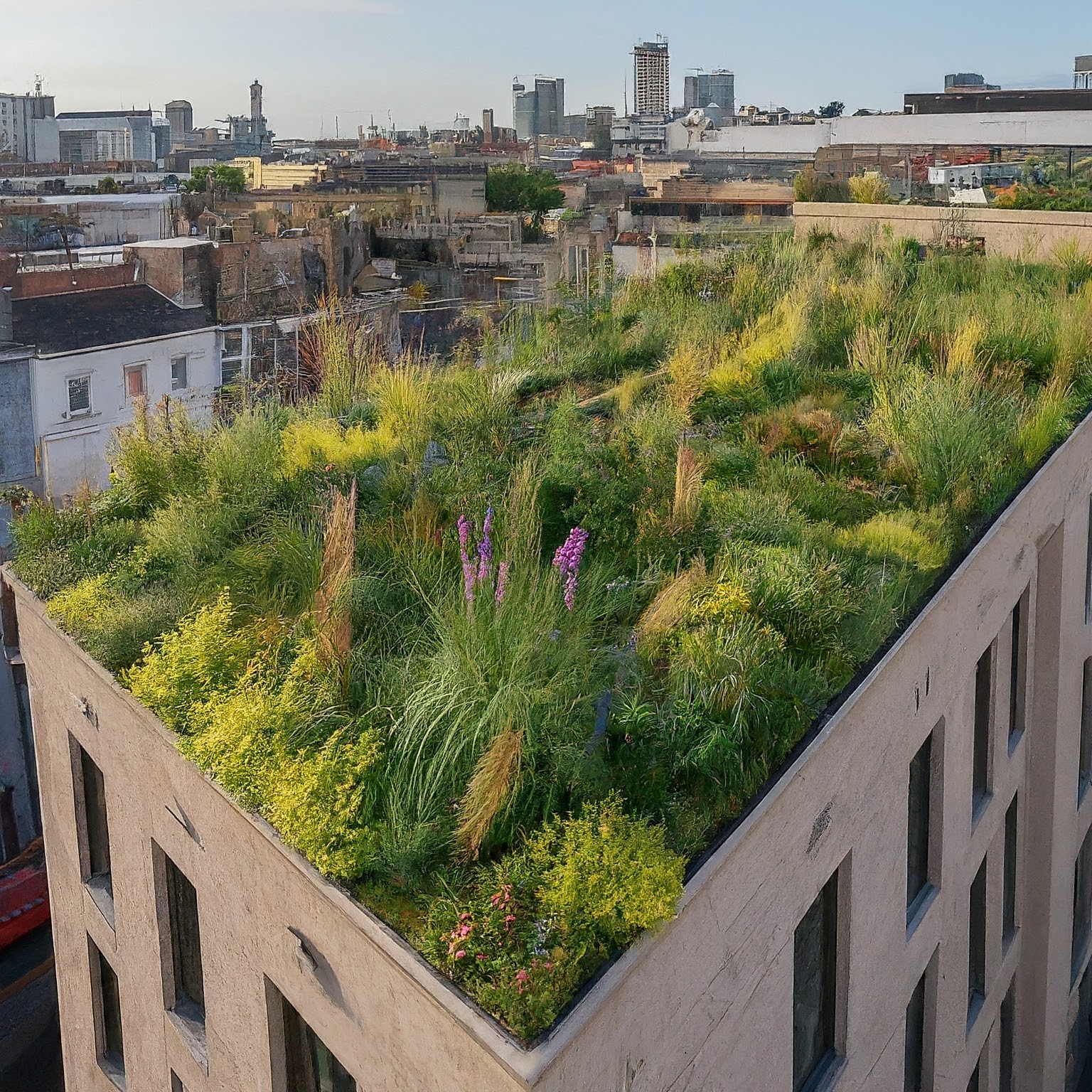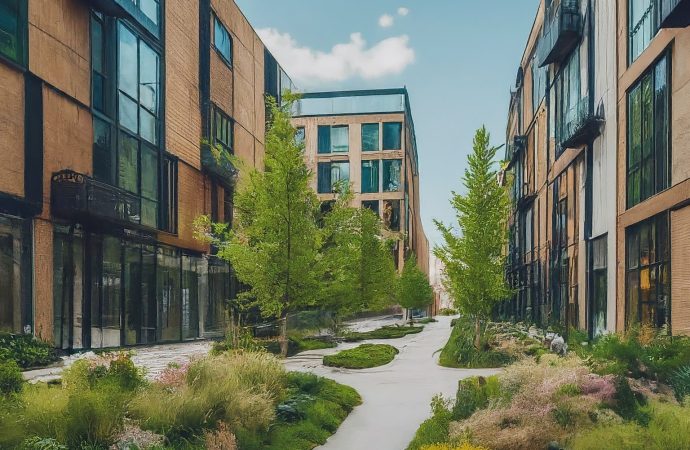Author Introduction Hey everyone! Amelia here, your friendly neighborhood landscape architect. I’ve dedicated my career to witnessing the transformative power of green spaces in forgotten urban areas. Today, we’re diving deep into urban renewal – the strategies, the challenges, and the incredible potential to create thriving cityscapes. Understanding Urban Blight: The Root of the Problem
Author Introduction
Hey everyone! Amelia here, your friendly neighborhood landscape architect. I’ve dedicated my career to witnessing the transformative power of green spaces in forgotten urban areas. Today, we’re diving deep into urban renewal – the strategies, the challenges, and the incredible potential to create thriving cityscapes.
Understanding Urban Blight: The Root of the Problem
Before we delve into solutions, let’s define the problem we’re tackling. Urban blight encompasses a range of issues plaguing many city neighborhoods. It manifests as:
- Vacant Buildings: Abandoned structures become eyesores, attract crime, and discourage investment.
- Deteriorating Infrastructure: Crumbling roads, sidewalks, and utilities create safety hazards and hinder overall functionality.
- Environmental Degradation: Neglected areas often lack green spaces, leading to poor air quality, stormwater runoff issues, and the urban heat island effect.
- Disinvestment: Blighted areas experience a decline in property values, attracting fewer businesses and residents, further perpetuating the cycle of neglect.
These factors create a negative domino effect, impacting the social fabric, economic well-being, and overall health of a city.

Picture by: Google Gemini
From Theory to Action: Key Urban Renewal Strategies
Now, let’s get to the exciting part – transforming these challenges into opportunities! Here’s a closer look at the key strategies mentioned earlier, along with some practical tips:
1. Community Engagement: Building a Shared Vision
- Go beyond tokenism: Organize interactive workshops, conduct surveys with clear analysis of resident feedback, and establish citizen advisory committees.
- Embrace diversity: Ensure all voices are heard, including long-term residents, newcomers, renters, and business owners.
- Focus on shared goals: Identify what residents value most in their community – safety, green spaces, economic opportunities – and tailor the project to address these needs.
Example: The Roxbury Nuestra Community Garden (Boston, MA) is a shining example of successful community engagement. Residents co-designed the space, ensuring it included vegetable gardens, a playground, and a gathering area for community events.
2. Adaptive Reuse: Breathing New Life into Old Structures
- Identify hidden potential: Evaluate existing buildings for their structural integrity and architectural character. Consider adaptive reuse for:
- Community centers: Offer much-needed spaces for after-school programs, senior activities, or job training.
- Art studios and creative hubs: Foster a vibrant cultural scene and attract local artists and entrepreneurs.
- Affordable housing: Address the housing shortage by transforming abandoned buildings into mixed-income housing units.
- Embrace historic preservation: Where possible, incorporate historic elements into the design to retain the neighborhood’s character and sense of place.
Example: Chicago’s historic Public Library transformed a grand old building into a stunning mixed-use space, housing a hotel, condominiums, retail shops, and a public rooftop terrace.
3. Green Infrastructure: Nature as a Powerful Tool
- Embrace green roofs: These living roofs not only beautify buildings but also insulate them, reduce stormwater runoff, and improve air quality.
- Integrate bioswales: These landscaped depressions capture and filter rainwater, mitigating flooding and promoting water conservation.
- Create community gardens: Provide residents with access to fresh, local produce while fostering a sense of community and offering opportunities for environmental education.
- Invest in street trees: Trees provide shade, reduce heat island effect, and beautify streetscapes, making them more walkable and inviting.
Example: Singapore’s Marina Bay District showcases a stunning integration of green infrastructure. Lush parks, vertical gardens on buildings, and a network of waterways create a vibrant and sustainable urban environment.

Picture by: Google Gemini
4. Economic Development: Fostering Growth and Investment
- Create mixed-use development areas: Combine residential units with retail stores, restaurants, and office spaces. This creates a vibrant, walkable environment that attracts residents, businesses, and investors.
- Offer incentives for businesses: Consider tax breaks or other financial assistance to attract businesses that cater to the needs of the revitalized community.
- Invest in public transportation: Improve access to public transportation options to help residents connect to jobs and amenities outside the immediate neighborhood.
Example: The Pike Place Market in Seattle transformed a neglected waterfront area into a thriving hub for local businesses, fresh food stalls, and vibrant street performers.
5. Sustainable Design: Building for the Future
- Prioritize energy efficiency: Utilize energy-efficient building materials and appliances to reduce energy consumption and operating costs for residents and businesses.
- Embrace renewable energy: Integrate solar panels, wind turbines, or geothermal systems to generate clean energy for the revitalized area.
- Promote sustainable transportation: Create dedicated bike lanes, improve sidewalks for pedestrian safety, and enhance public transportation access to reduce reliance on personal vehicles.
- Utilize water-saving technologies: Install low-flow fixtures and rainwater harvesting systems to conserve this precious resource.
Example: Vancouver’s Olympic Village is a model for sustainable urban development. The area features energy-efficient buildings, green roofs, on-site renewable energy generation, and a network of bike lanes and pedestrian pathways.
Unveiling the Benefits: A Comparative Table (continued from previous section)
The table below highlights the transformative power of urban renewal projects by comparing the current state of a blighted area with its potential after revitalization:
| Feature | Blighted Area | Revitalized Urban Area |
|---|---|---|
| Social Impact | High crime rates, social isolation | Increased safety, stronger community bonds |
| Economic Impact | Property devaluation, limited business opportunities | Increased property values, job creation, thriving businesses |
| Environmental Impact | Air and water pollution, heat island effect | Improved air quality, reduced stormwater runoff, cooler environment |
| Aesthetics | Unsightly, uninviting spaces | Beautiful, vibrant, functional green spaces |
| Public Health | Increased respiratory illnesses, lack of access to fresh produce | Improved air quality, access to fresh food through community gardens |
Challenges and Considerations on the Road to Renewal
Urban renewal is not without its challenges. Here are some key considerations:
- Funding: Securing funding for large-scale projects can be a hurdle. Consider public-private partnerships, grants, and innovative financing mechanisms.
- Displacement: Gentrification is a potential concern. Develop strategies to ensure existing residents benefit from the revitalization, such as affordable housing options and job training programs.
- Long-term Maintenance: Sustainable urban renewal requires ongoing maintenance plans for green spaces and infrastructure.
Conclusion: A Brighter Future for Our Cities
By embracing these strategies and addressing the challenges head-on, we can transform blighted areas into vibrant urban ecosystems. Imagine a city where residents can walk to work, enjoy fresh air in green spaces, and feel a sense of belonging in their community. Urban renewal is not just about bricks and mortar – it’s about creating a future where our cities are healthy, sustainable, and equitable places to live, work, and play. Let’s get started on making this vision a reality!
















